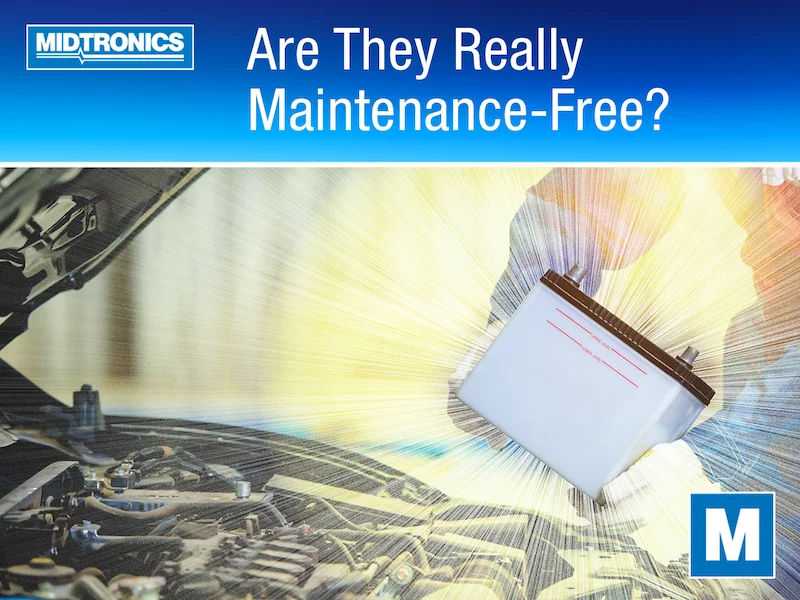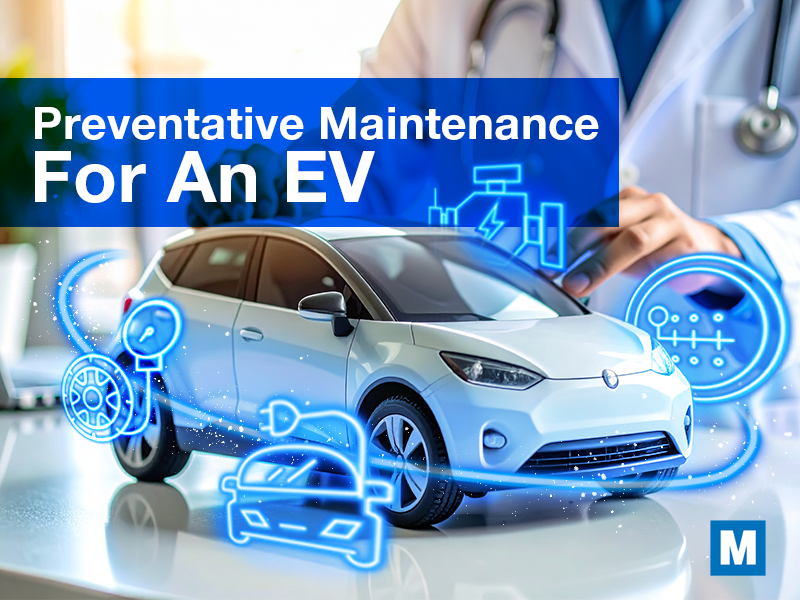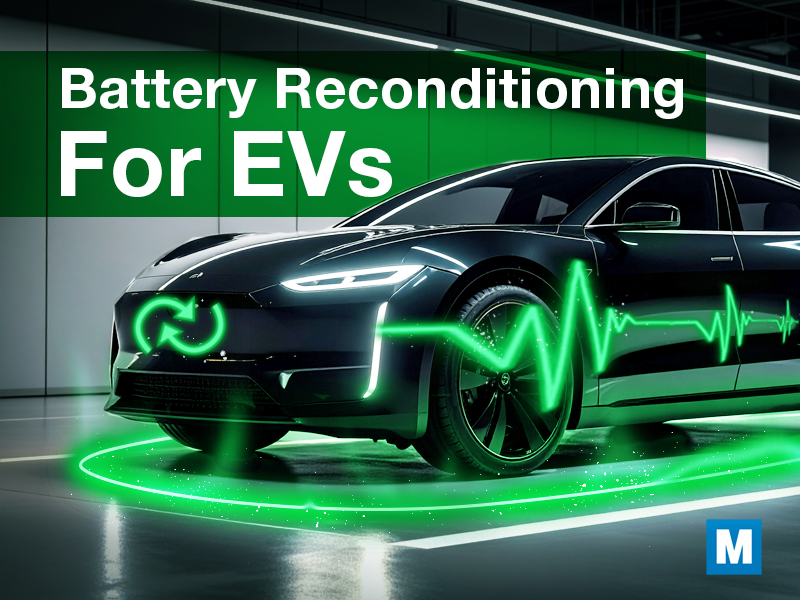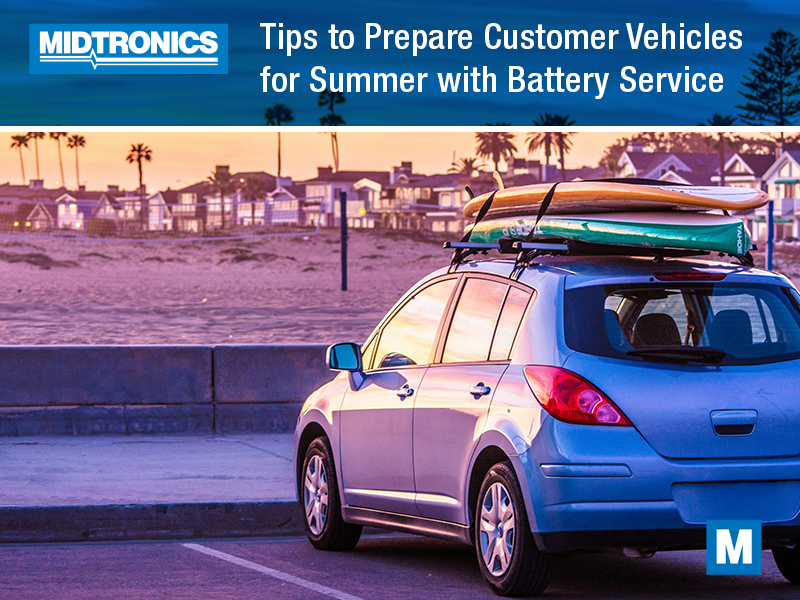In today’s fast-paced world, where time is of the essence, vehicle owners are always on the lookout for ways to save time and effort when it comes to maintaining their cars. One such innovation that has gained popularity over the years is the maintenance-free battery. These batteries are designed to be more reliable and require less attention than traditional lead-acid batteries.
But are they truly maintenance-free? In this article, we will explore the concept of maintenance-free car batteries, discuss the common problems associated with them, and outline the types of services that are still required to ensure optimal performance.
What Are Maintenance-Free Batteries?
Maintenance-free batteries, also known as sealed lead-acid (SLA) or valve-regulated lead-acid (VRLA) batteries, are designed to minimize the need for regular maintenance. The design of maintenance-free batteries is specifically tailored to address common issues like electrolyte evaporation, which is prevalent in conventional flooded lead-acid batteries. The key feature that sets maintenance-free batteries apart is their sealed construction. Unlike traditional batteries that have removable caps or vents, maintenance-free batteries are designed with a sealed housing and pressure-relief valves.
This sealed design plays a crucial role in reducing electrolyte evaporation. In a conventional battery, water in the electrolyte can evaporate over time, especially when exposed to heat or during charging. This evaporation leads to a decrease in the electrolyte’s volume, which requires topping up with distilled water occasionally to maintain the battery’s performance.
In contrast, maintenance-free batteries are engineered to minimize electrolyte evaporation by trapping the water vapor within the battery case. The sealed construction ensures that the electrolyte remains in a closed system, preventing any contact with the external environment. As a result, there is minimal loss of water from the electrolyte due to evaporation.
Another benefit is that the pressure-relief valves integrated into the design of maintenance-free batteries help regulate internal pressure. These valves open only when the pressure inside the battery exceeds a predetermined threshold, allowing excess gases to escape while retaining the water vapor within the battery.
Common Problems with Maintenance-Free Car Batteries
Despite their name, issues with maintenance-free batteries are still possible. “Lower maintenance” simply doesn’t have the same ring to it, though, and car owners might feel they’re being slightly misled. Still, the design is beneficial for both the vehicle owner and for battery retailers who can provide dependable batteries with fewer potential concerns over their lifespan. The following are issues that still come up with SLA an VRLA batteries.
Sulfation
The formation of lead sulfate crystals on the plates occurs when a battery is not fully charged, and it’s a chemical process known as sulfation. Over time, these crystals can accumulate, blocking the flow of electrons, and it impedes the battery’s ability to hold a charge. Although maintenance-free batteries are less susceptible to sulfation than traditional lead-acid batteries, they are not completely immune to it.
To prevent sulfation, it is essential to keep batteries fully charged, especially during periods of inactivity.
Overcharging
Overcharging can occur when a faulty charging system delivers too much voltage to the battery. This can cause excessive heat and pressure to build up inside the battery, potentially leading to swelling, cracks, or even an explosion in rare instances.
To avoid overcharging, ensure that vehicle charging systems are functioning correctly and that you a compatible charger is being employed when charging the battery externally.
Aging
Like all batteries, maintenance-free batteries have a finite lifespan. Over time, the battery’s capacity will diminish due to the natural aging process including the shedding of active material and sediment buildup at the bottom of the case, as well as separator plate deterioration which can result in decreased performance and eventual failure.
Aging cannot be stopped and these types of conditions aren’t reversible, but proper care can slow down deterioration to make batteries last longer.
Maintenance-Free Batteries Still Require Some Servicing
Despite their low-maintenance design, maintenance-free batteries still require some attention to ensure they remain in optimal condition. Here are some services that are still necessary.
Regular Inspection
While maintenance-free batteries do not require topping up with water, it is still essential to inspect them periodically for signs of damage, swelling, or leakage. This process should be part of every multi-point inspection at a repair shop that’s completed when routine services like oil changes are performed. That way, any issues can be identified and corrected quickly.
Cleaning the Battery Terminals
Corrosion can build up on the battery terminals over time, which can impede the flow of current and reduce the battery’s performance. It’s particularly concerning in today’s vehicles that have high electrical demands like start-stop technology as the increased resistance prevents the quick charge replenishment between start-stop cycles.
To prevent issues, clean the terminals regularly. After cleaning, apply a corrosion inhibitor to the terminals to protect them from future corrosion. This type of service should be done roughly once per year, more or less, depending on how quickly corrosion forms.
Testing the Battery
Even maintenance-free batteries can experience a decline in performance over time. To ensure a battery is still functioning correctly, it should be tested regularly using reliable battery testing and diagnostic equipment. This will help identify any potential issues before they become significant problems.
A service strategy that repair shops should employ is a protocol to test every battery on every visit. Since problems can occur suddenly, even an interval as short as a few weeks can unveil a battery issue.
Proper Storage
In the event that a vehicle is being stored for an extended period – more than a month, for example – it is essential to disconnect the battery and store it in a cool, dry location. This will help prevent sulfation that occurs when the battery’s charge diminishes over time, and it will prolong the battery’s life. Also a battery maintainer or trickle charger can do wonders to keep the battery fully charged during storage.
Conclusion
While maintenance-free batteries offer numerous advantages over traditional lead-acid batteries, they are not entirely maintenance-free. Regular inspection, cleaning, testing, and proper storage are still necessary from time to time.
By taking these simple servicing steps, vehicle owners can enjoy the benefits of maintenance-free batteries while minimizing the risk of potential issues.




